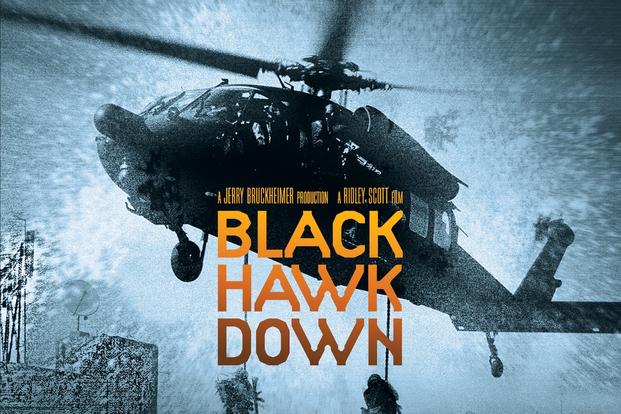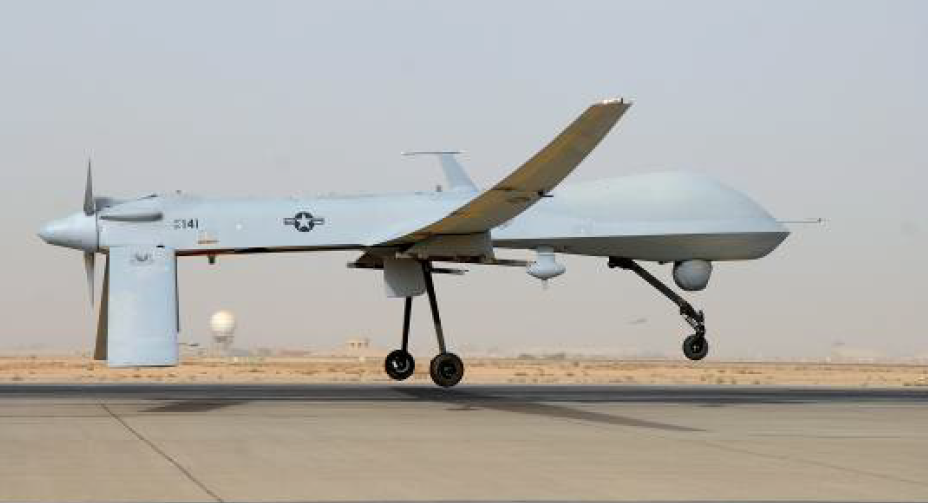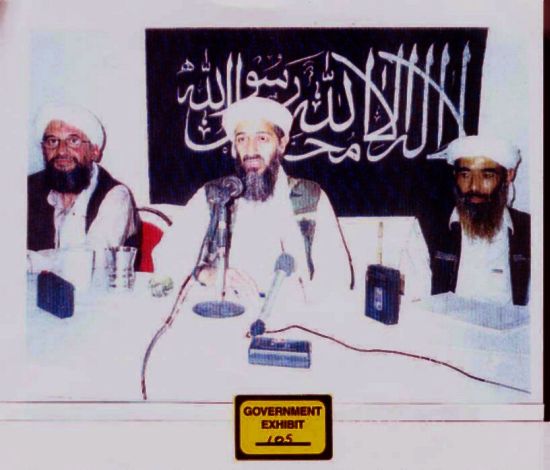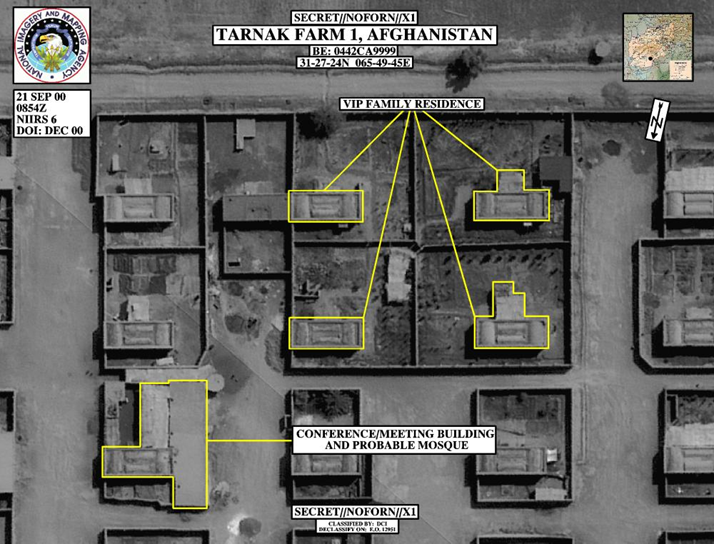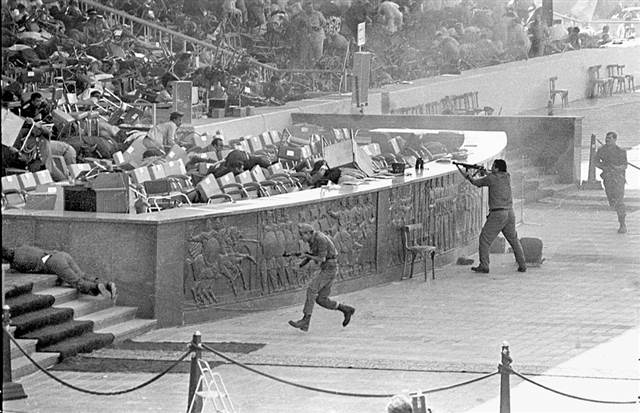
Egyptian president Anwar Sadat is assassinated while viewing a military parade celebrating the eighth anniversary of the 1973 Yom Kippur war, when Egypt crossed the Suez Canal into the Sinai Peninsula.
As the two-hour parade is culminating with a flyover, a truck stops in front of the reviewing stand. Five soldiers shoot into the crowd of dignitaries and throw grenades, killing Sadat. The soldiers are often associated with the Muslim Brotherhood, an Islamic group that is a legitimate political force in Egypt. In reality, they are followers of what would become Egyptian Islamic Jihad and Gama’a al-Islamiya (the Islamic Group), the modern-day feeders of al Qaeda.
Some 300 Islamic radicals are arrested after the Sadat assassination, including Ayman al-Zawahiri, an English-speaking doctor, who would go on to become Osama bin Laden’s second and successor.
